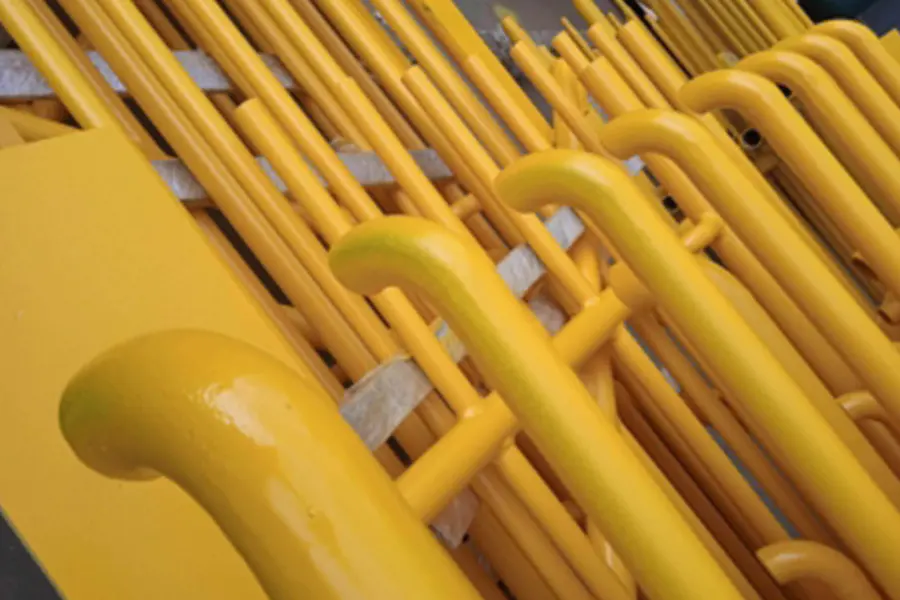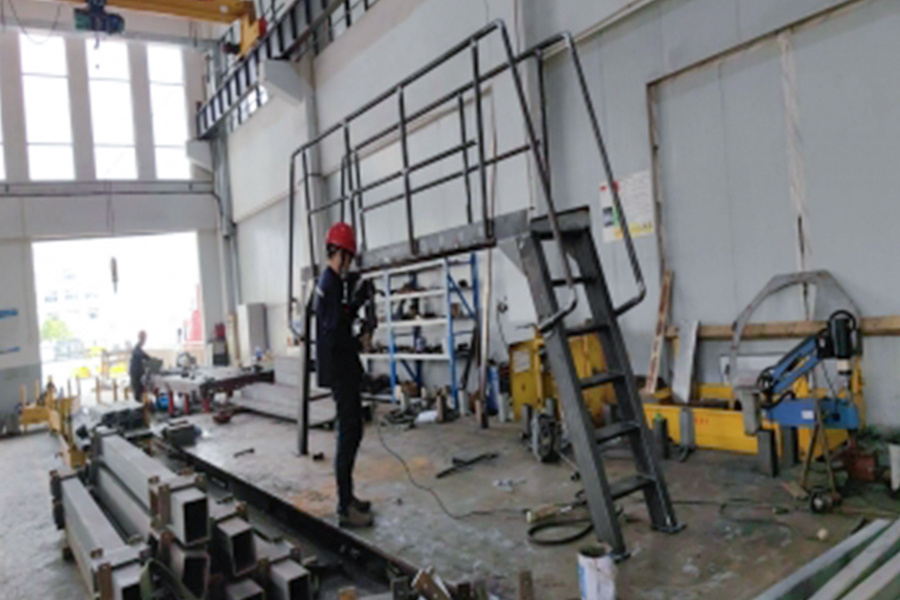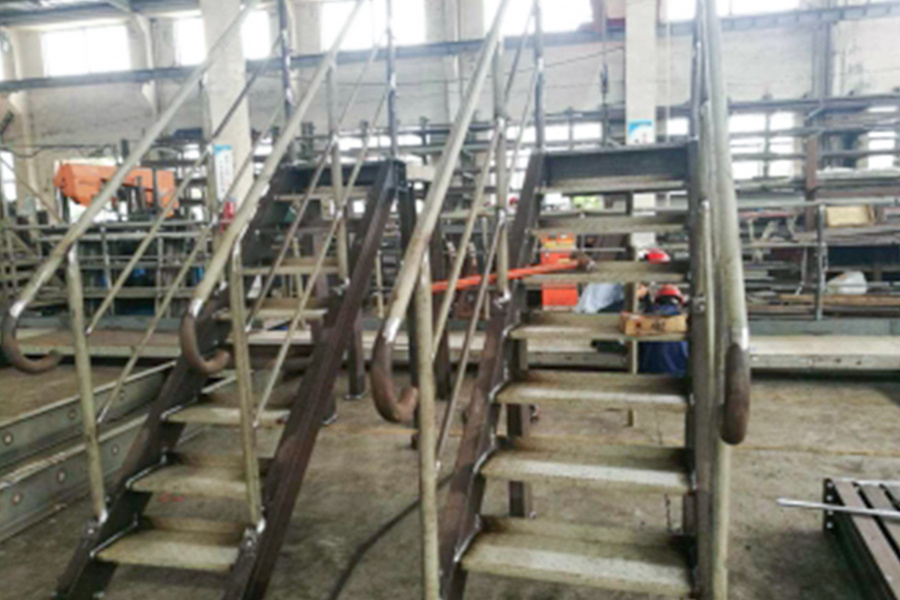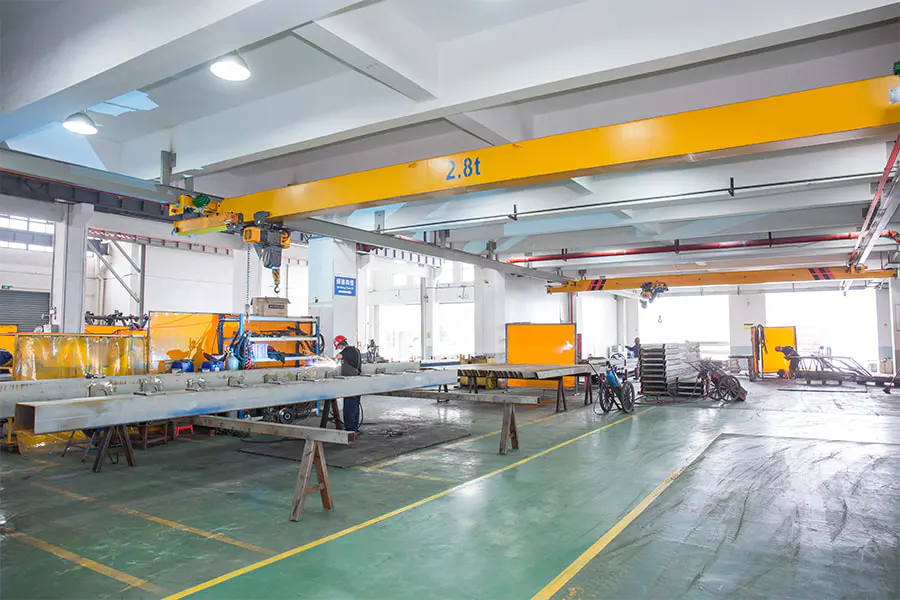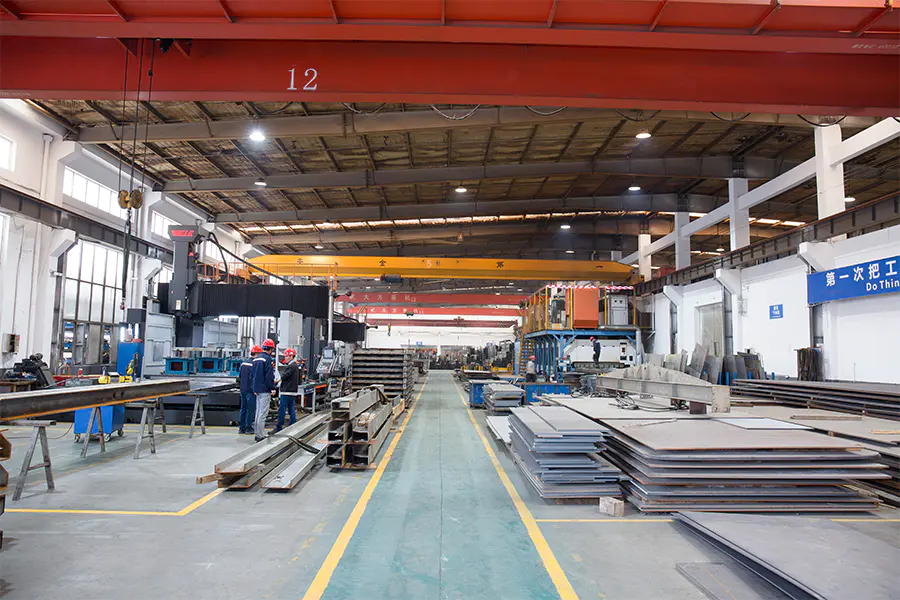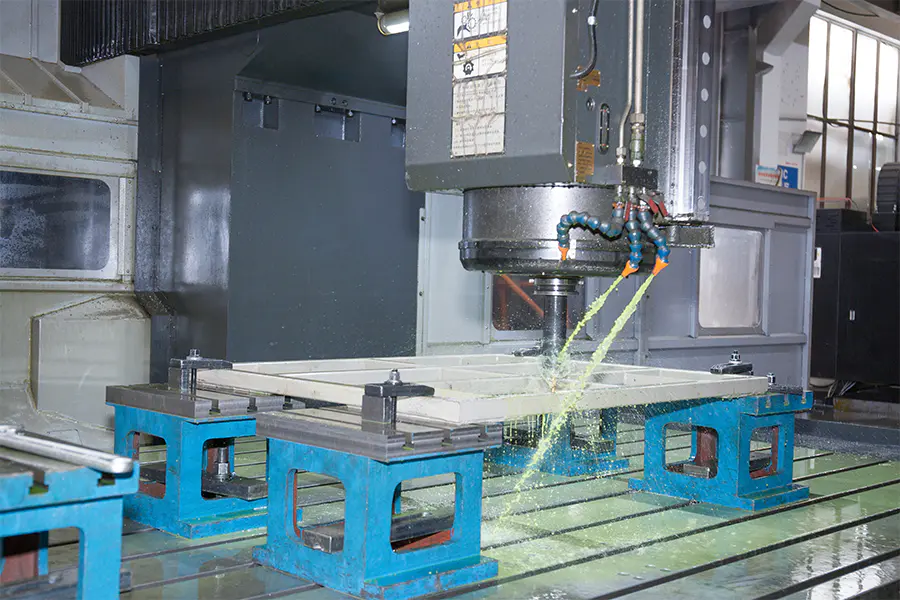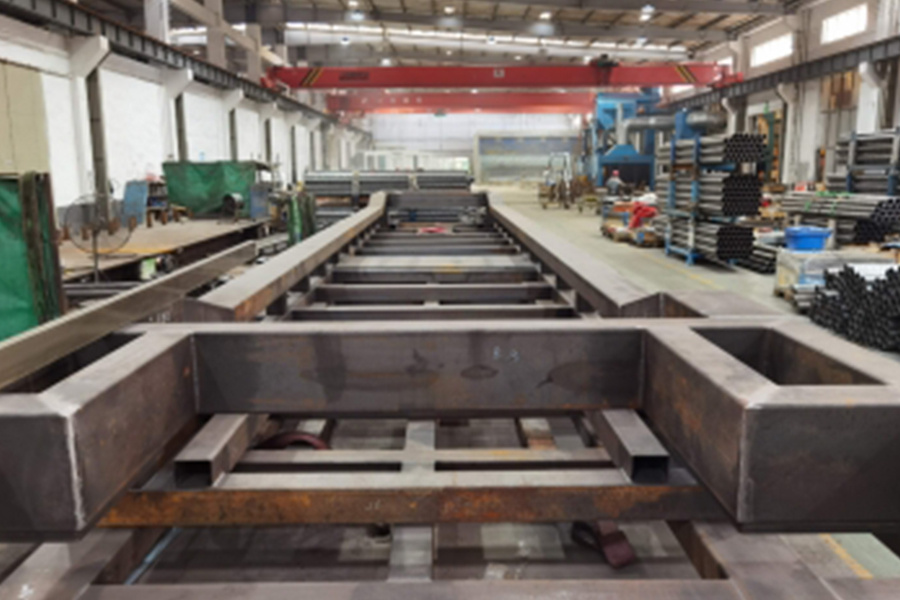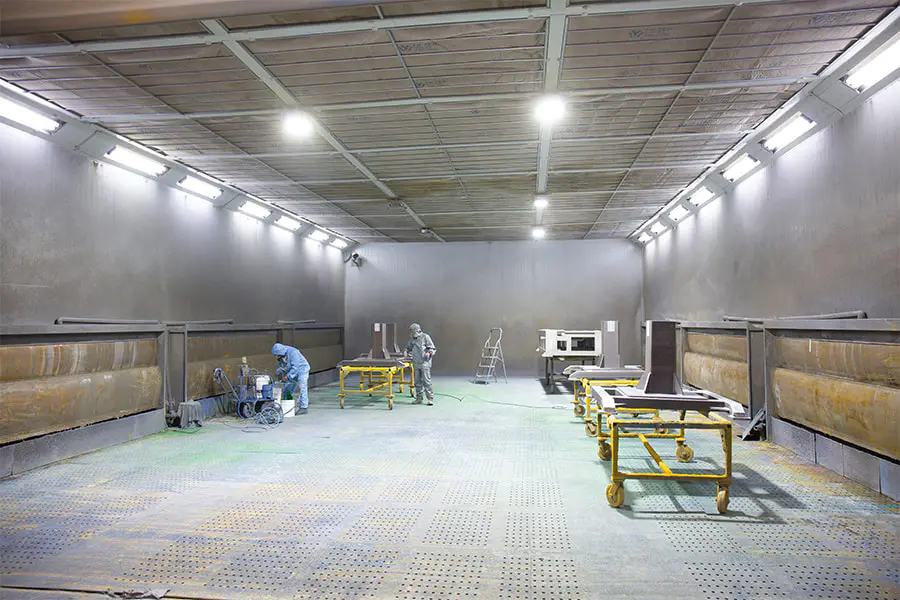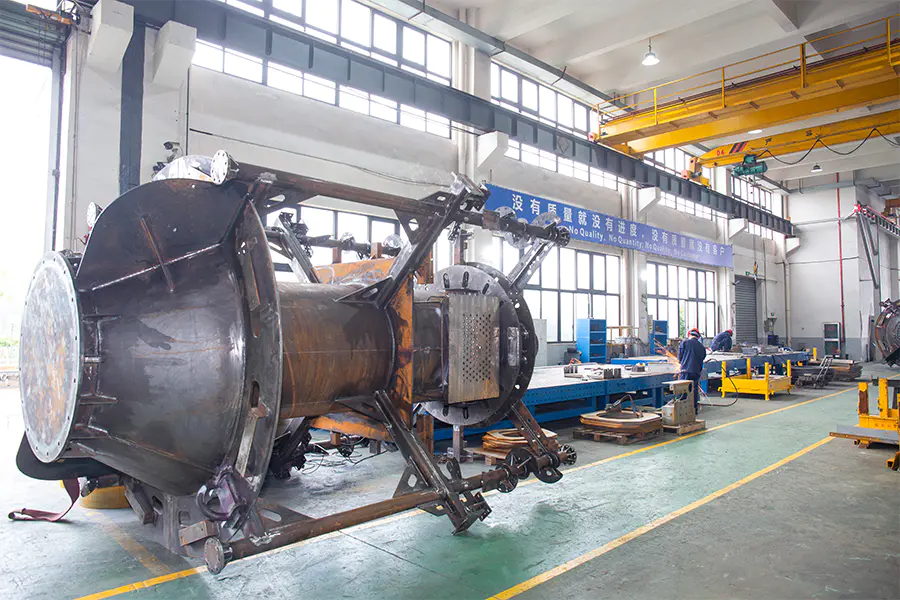Efficiency Advantages of Modular Steel Structures in Large-Scale Engineering Projects
Modular steel structures refer to prefabricated, standardized steel components manufactured in factories and then transported to construction sites for rapid assembly. In large-scale projects (such as industrial platforms, bridges, and multi-story buildings), modular steel structures significantly improve construction efficiency, with the following key advantages:
1. Reduced Construction Time
Parallel factory prefabrication and on-site construction: Steel components (beams, columns, trusses, etc.) are mass-produced in factories, unaffected by weather, while site preparation (e.g., foundation work) proceeds simultaneously, drastically cutting overall project duration.
Minimized on-site welding and cutting: Modular components use bolted connections or standardized welded joints, requiring only assembly on-site, eliminating time-consuming traditional welding processes.
2. Improved Precision and Quality
CNC machining ensures accuracy: Automated factory equipment (e.g., CNC cutting, robotic welding) produces components with minimal dimensional tolerances, avoiding human error common in on-site fabrication.
Standardized quality control: Factory environments enable rigorous inspections (e.g., ultrasonic testing, anti-corrosion coating checks), reducing the risk of on-site rework.
3. Lower Labor and Construction Costs
Reduced on-site labor dependency: Modular assembly requires fewer skilled workers; general laborers can be trained quickly, addressing shortages of certified welders.
Savings on scaffolding and temporary supports: Modular units are self-stabilizing or require minimal temporary bracing, cutting costs on auxiliary materials.
4. Reduced On-Site Disruption and Environmental Impact
Less noise and dust pollution: Most fabrication occurs off-site, minimizing welding fumes, cutting noise, and other disturbances to surrounding areas.
Controlled construction waste: Factory waste is recycled systematically, reducing on-site debris by over 50%, aligning with green construction standards.
5. Adaptability to Complex Project Requirements
Efficient for elevated/confined spaces: Projects like bridges or industrial platforms benefit from segmented lifting of modules, reducing high-altitude work risks.
Easier expansion and disassembly: Modular steel structures can be reconfigured, ideal for upgradable facilities (e.g., factories) or temporary structures (e.g., exhibition halls).
Application Examples
Large industrial platforms: Modular steel frameworks in chemical plants or power stations minimize downtime during retrofits.
Bridge engineering: Prefabricated steel box girders or truss segments shorten closures of waterways or highways.
Public infrastructure: Rapid installation of subway stair railings or pedestrian bridges reduces public inconvenience.
Modular steel structures, through their "factory prefabrication + on-site assembly" approach, deliver unmatched efficiency, quality, and sustainability—particularly for large-scale projects with tight schedules or complex environments. Future integration with digital technologies (e.g., BIM, smart logistics) will further amplify these advantages.

